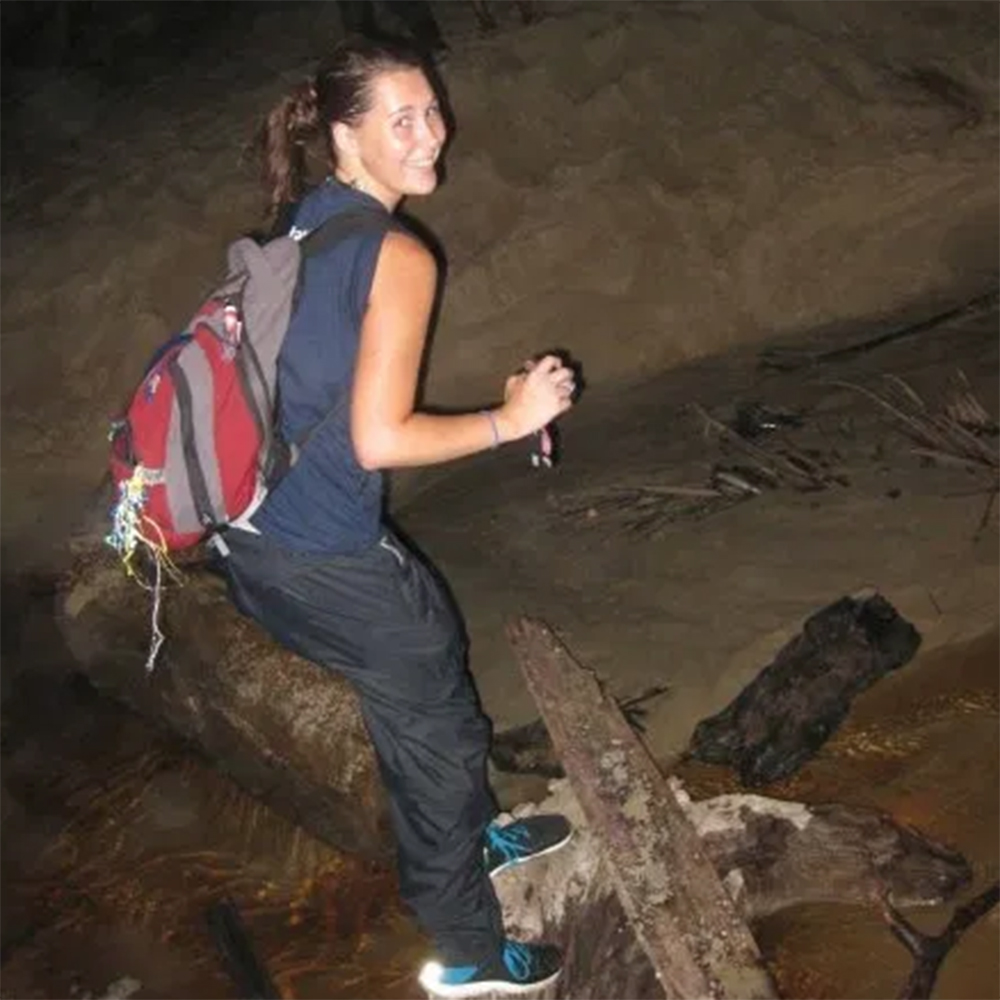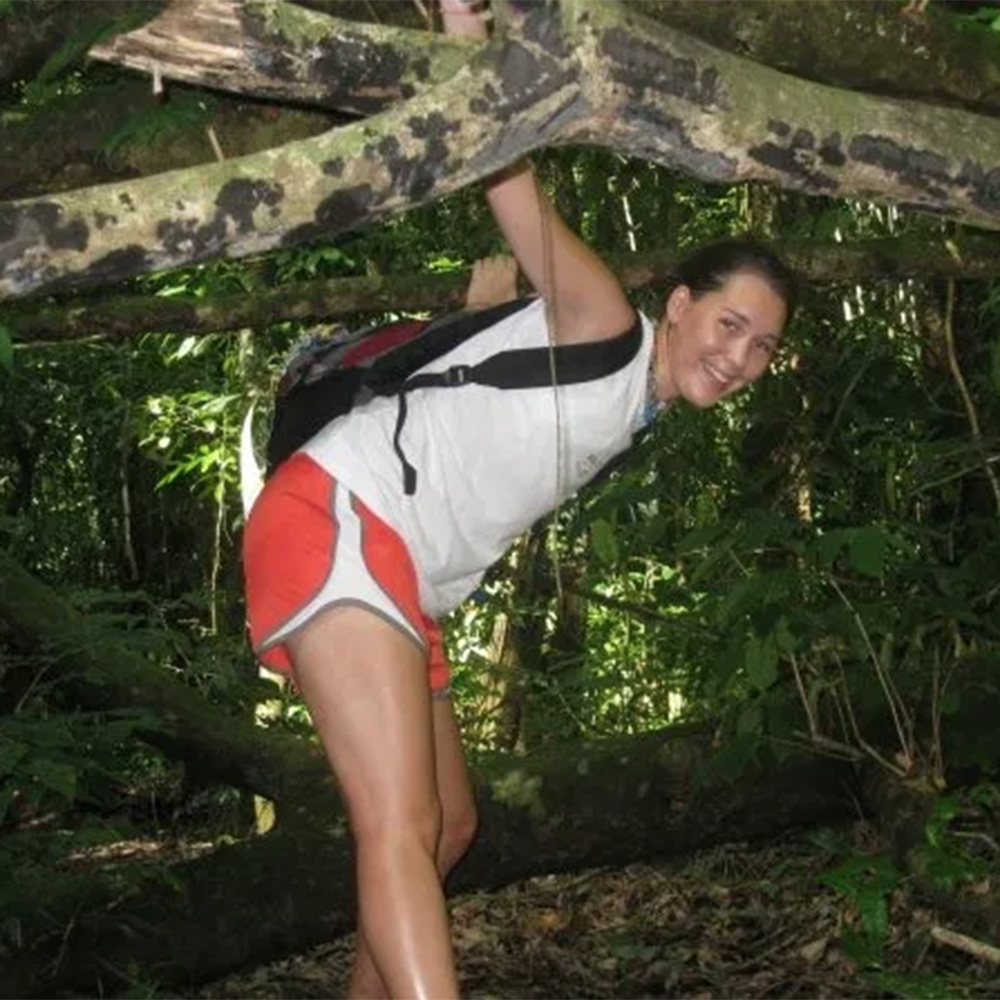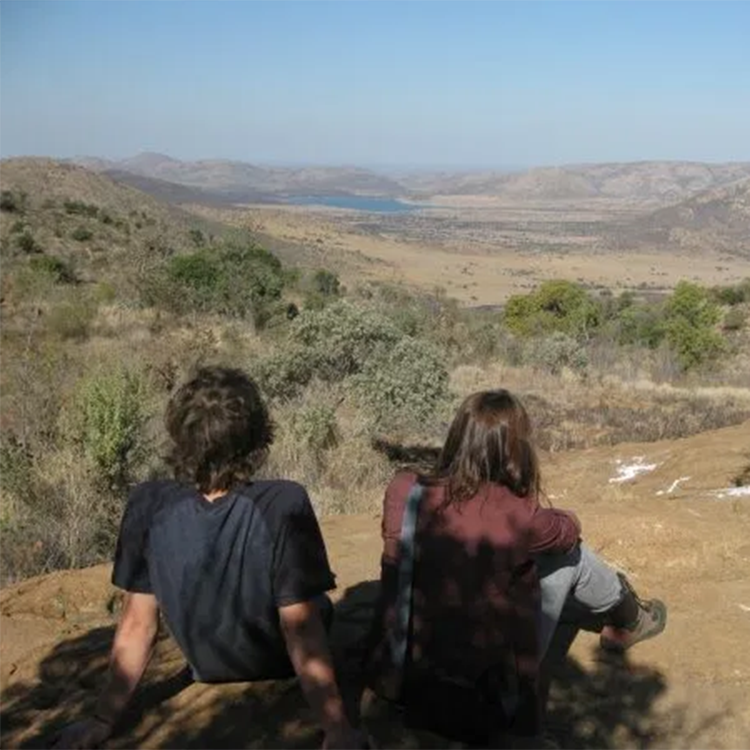.
Earthwatch—The Beginning of Everything
By Taylor Rhoades, Earthwatch Volunteer
.

At 26, it may seem silly to sit back and think about where life has taken you—but when you’ve just landed your dream job, you start to think about all the experiences that have shaped you, and how all of those years of hard work have led up to this moment. Looking back almost a decade, I can say without a doubt that my experiences with Earthwatch were key in defining both my personal and professional identities as a conservationist.
During my junior year of high school, I was aggressively pursuing a future in veterinary medicine, and knew that my ultimate goal would be to work with animals in the field, and then eventually find my way into a zoo setting as I neared retirement age. Believe me when I say 16-year-old me had it ALL figured out—but my parents, while unwavering in their support, weren’t quite sure I had thought through what life in the field would mean. They encouraged me to find a project I could go work on that would allow me to gain field experience, and that is exactly what I did!
.
Earthwatch was the only organization that I found that would allow someone my age to actually go out and do hands-on work in the field, working directly with wildlife and conservationists.
.
So, the summer before my senior year of high school, I spent two weeks in Trinidad working with leatherback sea turtles, followed by two weeks in South Africa studying brown hyenas. The trips I went on gave me a taste for field work, and I fell in love with every aspect of it—so much so that I jokingly called my parents from Trinidad and told them not to be surprised if I lost my passport. I came home energized and beyond ready to graduate so I could start the next chapter of my life.
.

Out on a nighttime beach patrol looking for leatherback sea turtle nests in Trinidad.

On a day hike through the rainforest during the expedition Trinidad’s Leatherback Sea Turtles.
.
Fast forward to college—I ended up at Texas A&M University where I started out as a pre-vet student, but ultimately switched into anthropology after meeting a professor who does cultural studies in Trinidad. We bonded over our research in a country that we both loved, and through our discussions, I realized just how much of an impact my time in the field had had on me. I didn’t just want to save wildlife, I wanted to know all about the people who lived alongside these animals. My professor mentored me for the next several years, and the more immersed I became in cultural studies, the more I understood that conservation wasn’t just about the animals—it was about people too.
After graduating with my BA in Anthropology, I went on to do my MSc in Primate Conservation at Oxford Brookes in the UK. My dissertation, entitled “A Texas Perspective: is there a preference for the conservation of endemic versus foreign species through viewing wildlife documentaries?” explored how factors such as generation and gender impact individuals, and in turn influence species preference and willingness to contribute to conservation initiatives. By this time, I knew that I wanted to work directly with people and better understand how to not just inspire the public to care, but to get them to take action to save wildlife.
.

Earthwatch volunteers while on South Africa’s Hyenas.

Taylor monitoring the edges of the controlled burn site.

Taking in the view while doing fieldwork in South Africa.
.
After graduating from the MSc program in 2016, I completed two internships—one at the Houston Zoo with their conservation department, and one with National Geographic photographer Joel Sartore, founder of the Photo Ark. As of October 2017, I have started full-time at the Houston Zoo as the Conservation Action Analyst and I couldn’t be happier! Every day I get to offer support to our staff of over 450 conservationists and our project partners all around the world that are working tirelessly to save wildlife. Not only that, but I get to work with people in my hometown and watch them become advocates for wildlife within their own communities! I also get to join my co-workers out in the field on beach clean-ups, sea turtle surveys, and annual monarch butterfly tagging excursions, so field work is still very much a part of my life.
For years when I told people what I was studying, I would often be met with a giggle followed by a discouraging “And how will you make a living doing that?” Now, one of my favorite questions to answer is “how in the world did you get a such a cool job?” The answer? It all started with an organization called Earthwatch.
To learn more about Earthwatch teen expeditions, visit our website.
.
Sign up for the Earthwatch Newsletter
Be the first to know about new expeditions, stories from the field, and exciting Earthwatch news.